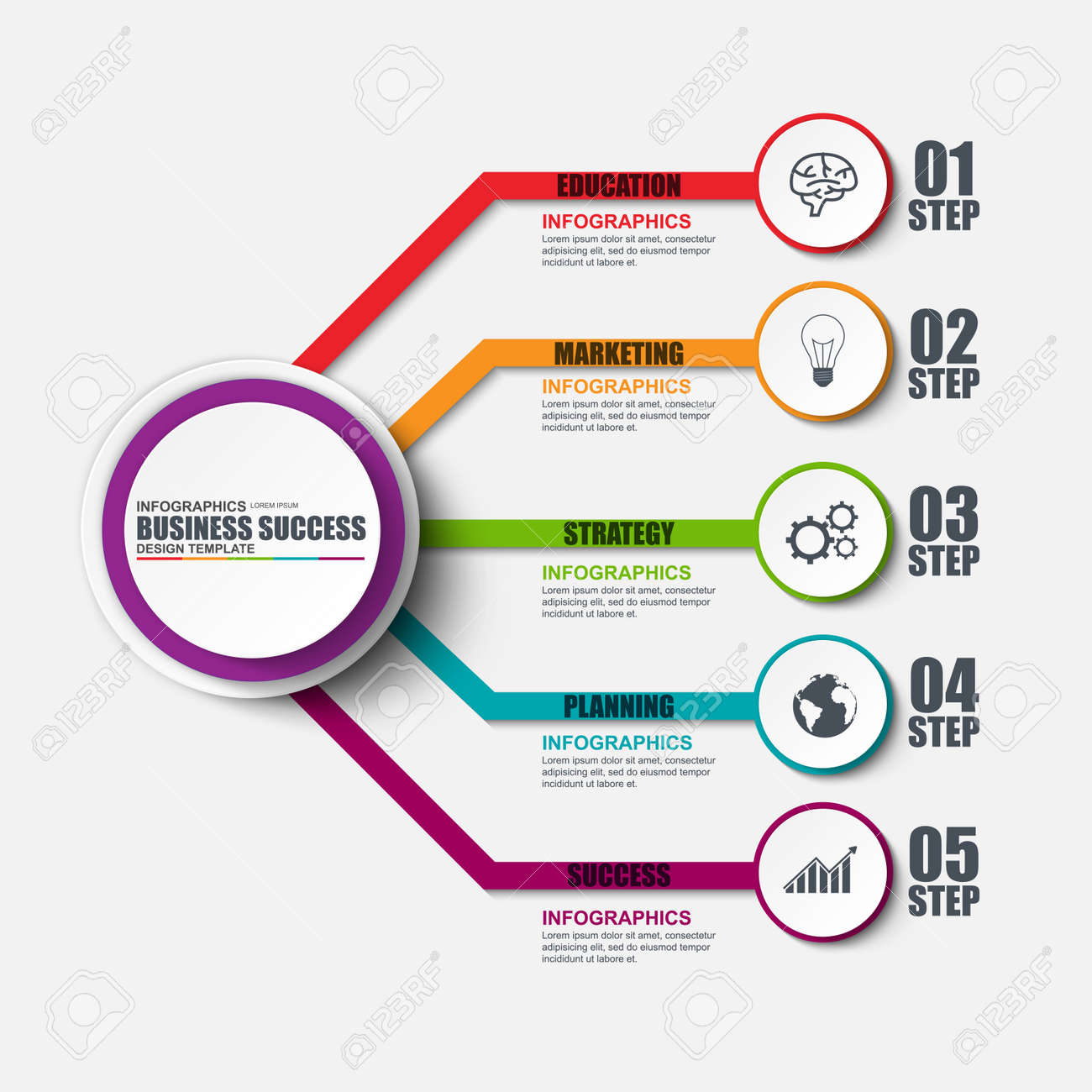In the past, web sites were simple and focused on details. Navigation was straight, and layout was for desktops. Now, user experience is crucial. best websites for service business guides designs for very easy navigating. Responsive formats fit different devices. Today, dark mode reduces strain, and minimal menus enhance navigating. Interactive functions engage users, and bold visuals attract attention. AI assimilation enhances interaction. See exactly how layout has actually advanced to boost your on the internet trip.
Very Early Days of Website Design
In the early days of website design, simplicity preponderated. Websites were basic, with restricted colors, fonts, and layouts. The emphasis was on providing info instead of showy visuals. Users accessed the web through slow-moving dial-up connections, so speed and functionality were crucial.
Navigating food selections were straightforward, typically located at the top or side of the web page. Web sites were designed for desktop, as mobile surfing had not been yet prevalent. Material was king, and developers prioritized very easy readability over complicated style elements.
HTML was the main coding language utilized, and developers needed to function within its restrictions. Computer animations and interactive attributes were minimal contrasted to today's requirements. Websites were static, with little dynamic content or customized individual experiences.
Increase of User-Focused Layout
With the advancement of website design, a shift in the direction of user-focused layout principles has become significantly prominent. Today, creating web sites that focus on individual experience is critical for involving visitors and accomplishing organization goals. User-focused design involves recognizing the requirements, choices, and behaviors of your target audience to customize the internet site's format, web content, and features accordingly.
gmb local seo carry out thorough study, such as customer surveys and functionality screening, to gather understandings and responses straight from users. This data-driven technique aids in developing user-friendly navigating, clear calls-to-action, and aesthetically appealing interfaces that reverberate with visitors. By putting the user at the center of the layout process, web sites can provide a much more personalized and pleasurable experience.
Receptive design has likewise emerged as a crucial facet of user-focused layout, guaranteeing that internet sites are enhanced for various devices and display dimensions. This flexibility enhances ease of access and functionality, catering to the varied ways customers communicate with internet sites today. Basically, the rise of user-focused style indicates a shift in the direction of creating electronic experiences that prioritize the needs and expectations of completion individual.
Modern Trends in Website Design
Check out the most recent patterns shaping website design today. One popular fad is dark mode style, providing a sleek and contemporary look while lowering eye stress in low-light environments. An additional essential pattern is minimalist navigating, simplifying food selections and improving user experience by focusing on essential elements. Incorporating https://codyqkfzt.nizarblog.com/27795140/examining-the-impact-of-voids-in-site-layouts -interactions, such as animated switches or scrolling effects, can develop a much more appealing and interactive website. Receptive layout remains crucial, making certain smooth customer experiences throughout various devices. In addition, utilizing bold typography and asymmetrical formats can include visual rate of interest and accentuate details content.
Incorporating AI modern technology, like chatbots for client assistance or personalized referrals, boosts user involvement and simplifies processes. Ease of access has additionally come to be a substantial trend, with designers prioritizing inclusive style techniques to accommodate varied individual demands. Accepting sustainability by enhancing website performance for rate and effectiveness is one more emerging fad in web design. Collaborating with user responses and information analytics to repeat and boost style continually is crucial for remaining pertinent in the ever-evolving electronic landscape. By accepting these modern-day fads, you can develop a visually enticing, easy to use web site that reverberates with your audience.
Conclusion
As you reflect on the development of internet site style from the very early days to now, you can see just how user-focused design has become the driving pressure behind modern patterns.
Embrace the journey of modification and adjustment in web design, constantly maintaining the customer experience at the forefront.
Remain present with the most recent patterns and technologies, and never stop advancing your technique to produce aesthetically stunning and easy to use internet sites.
Progress, adjust, and produce - the future of web design remains in your hands.
